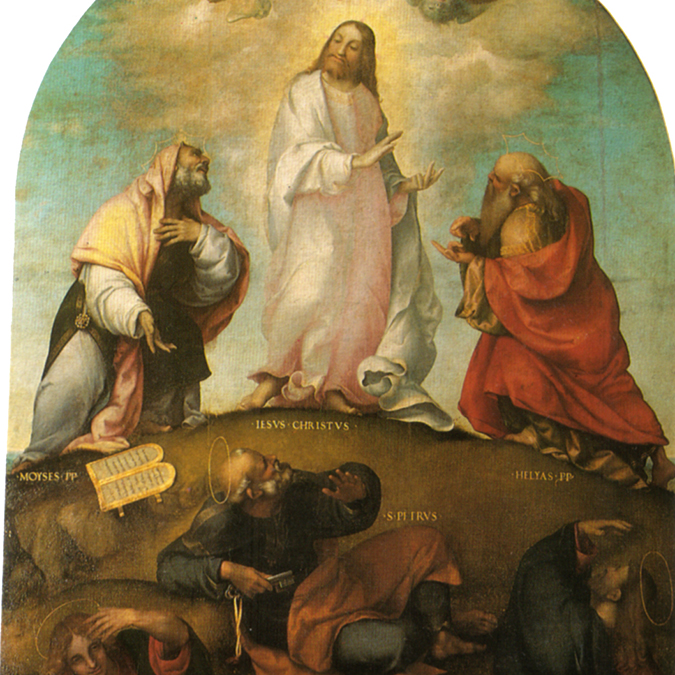
Lorenzo Lotto, Transfiguration of Christ
Lorenzo Lotto, Transfiguration of Christ: Pigment analysis of the painting of the Gospel episode painted in 1510–1512.

Lorenzo Lotto, Transfiguration of Christ: Pigment analysis of the painting of the Gospel episode painted in 1510–1512.
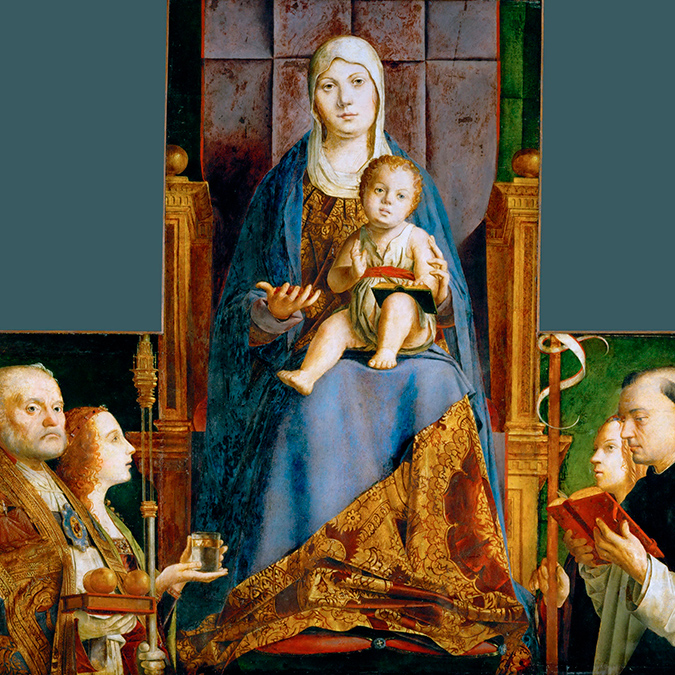
Antonello da Messina, San Cassiano Altarpiece: Pigment analysis with ample information data about this important painting.
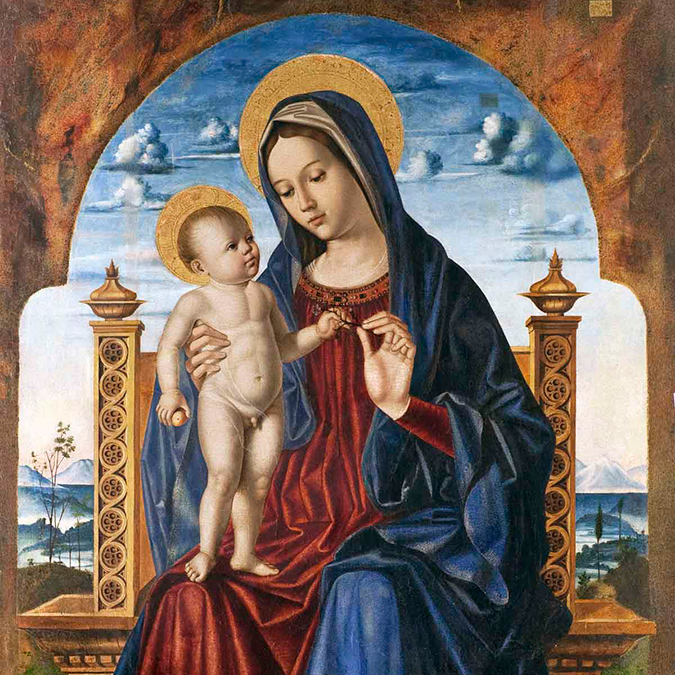
Antonello di Saliba, Virgin with the Child: The pigment analysis and other relevant information on this Renaissance painting.
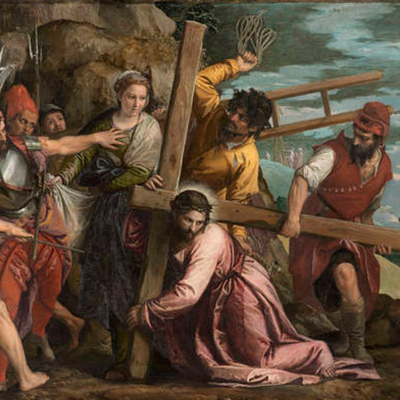
Veronese, Christ bearing the cross, produced around 1571 on commission for the Cuccina family of Venetian cloth merchants.
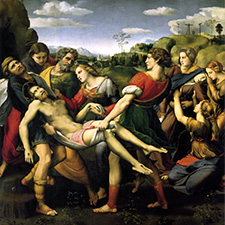
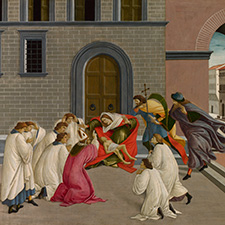
Sandro Botticelli, Three Miracles of Saint Zenobius depicts episodes from the life of the patron saint of the city of Florence.
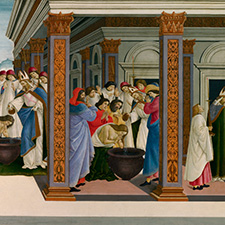
Sandro Botticelli, Four Scenes from the Early Life of Saint Zenobius is one of the series of four paintings depicting episodes from the life of the patron saint of the city of Florence.
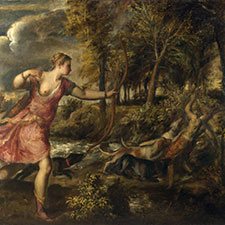
An extensive collection of information on the pigment analysis and other artistic and technical aspects of Titian, Death of Actaeon.
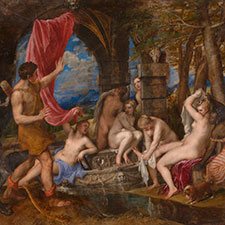
An extensive collection of information on the pigment analysis and other artistic and technical aspects of Titian, Diana and Actaeon.
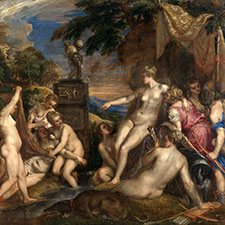
An extensive collection of information on the pigment analysis and other artistic and technical aspects of Titian, Diana and Callisto.
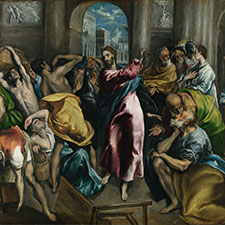
El Greco, Christ driving the Traders from the Temple: The scene is unusual in that it is the only occurrence where Christ resorted to physical violence.
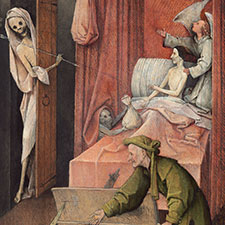
An extensive collection of information on the pigment analysis and other artistic and technical aspects of Hieronymus Bosch, The Death and the Miser.
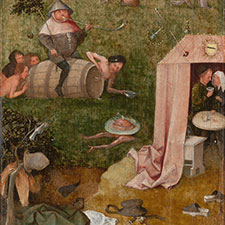
‘Gluttony and Lust’ is another one of Bosch’s paintings depicting the sinful ways of Man. It was originally the lower section of ‘The Ship of Fools’.

Bosch’s ‘The Ship of Fools’ shows a boatload of merrymakers indulging in earthly pleasures and unwittingly sailing towards their doom.

‘The Wayfarer’ was part of a triptych which was later dismantled. The interpretation of the painting is subject to intense discussion.

‘Visions of the Hereafter’ polyptych consists of two panels depicting scenes from Hell and two panels showing scenes from Paradise. The original arrangement and purpose of the panels are not known.

An extensive collection of information on the pigment analysis and other artistic and technical aspects of Hieronymus Bosch, The Last Judgement.
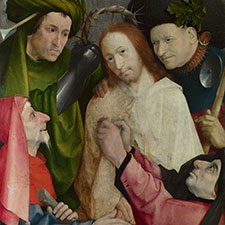
‘The Crowning with Thorns’ is a depiction of another biblical scene (John 19:1-3) with the tormentors of Christ painted in close detail which was rather unusual in Bosch’s time.
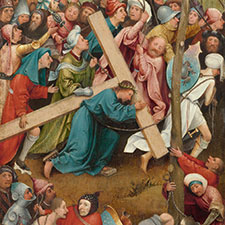
An extensive collection of information on the pigment analysis and other artistic and technical aspects of Hieronymus Bosch, Christ Carrying the Cross.
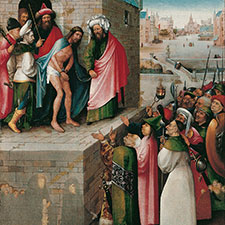
An extensive collection of information on the pigment analysis and other artistic and technical aspects of Hieronymus Bosch, Ecce Homo.
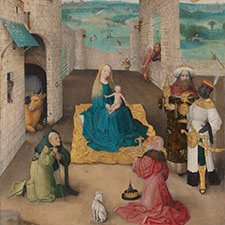
An extensive collection of information on the pigment analysis and other artistic and technical aspects of Hieronymus Bosch, The Adoration of the Magi.

An extensive collection of information on the pigment analysis and other artistic and technical aspects of Hieronymus Bosch, The Adoration of the Magi.
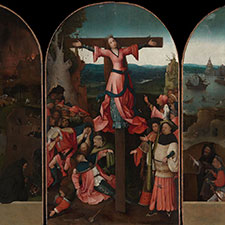
Pigment analysis and other pertinent information on Hieronymus Bosch, Saint Wilgefortis Triptych: a depiction of the crucifixion of a female Saint.
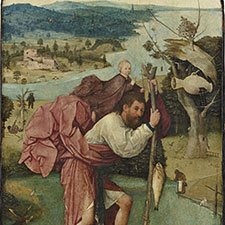
An extensive collection of information on the pigment analysis and other artistic and technical aspects of Hieronymus Bosch, Saint Christopher.
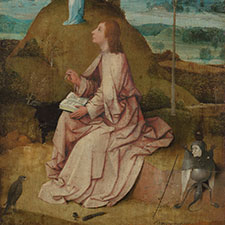
An extensive collection of information on the pigment analysis and other artistic and technical aspects of Hieronymus Bosch, Saint John on Patmos.
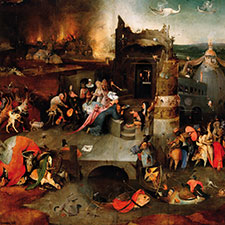
One of Bosch’s most important work with unusually complex genesis and dramatic changes to the composition.
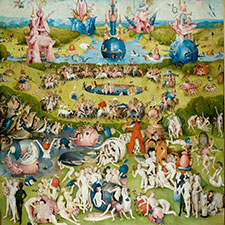
An extensive collection of artistic and technical information on Hieronymus Bosch, The Garden of Earthly Delights, one of the Bosch’s best known paintings.
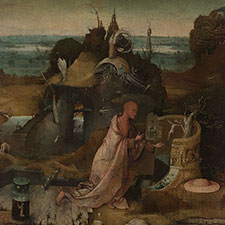
The triptych shows three saints living in solitude and prayer. The pigment analysis revealed a limited palette of the usual pigments of the Renaissance period.

An extensive collection of information on the pigment analysis and other artistic and technical aspects of Hieronymus Bosch, The Haywain Triptych.
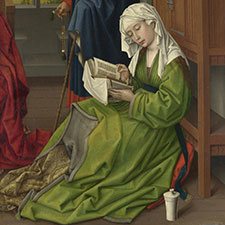
The painting shows Mary Magdalene with Saint Joseph in the background and the bare feet of Saint John to the left.
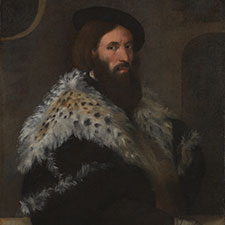
The pigment analysis reveals a very limited palette with coal black and lead white as the main pigments. Fracastoro was the famous medical doctor who identified syphylis.
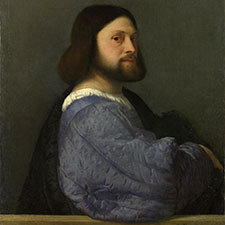
The pigment analysis reveals an elaborate structure of the quilted and padded sleeve consisting of red and blue layers.
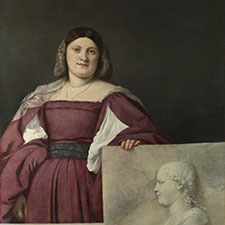
The pigment analysis reveals a very elaborate and refined structure of the purple dress consisting of interspersed blue and red layers.

The pigment analysis reveals a very extensive palette typical of the Renaissance period and also Titian’s elaborate painting technique.
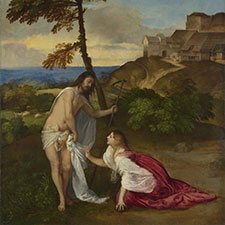
Titian, Noli me tangere is a depiction of the encounter of Christ and Magdalen. The pigment analysis underscores Titian’s masterful handling of colour.
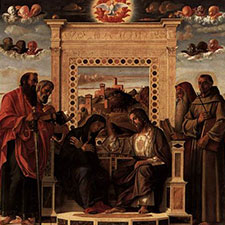
A thorough scientific investigation and pigment analysis uncovered an extensive palette with several rare pigments such as indigo, realgar and orpiment.
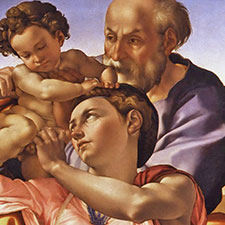
Analysis of pigments by advanced scientific methods revealed interesting aspects of Michelangelo’s painting technique.
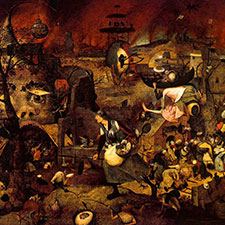
The pigment analysis conducted at the Genth University revealed the pigments used and answered two important art historical questions.
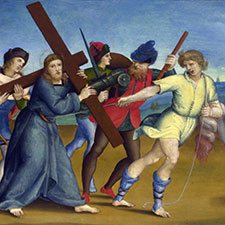
Illustrated pigment analysis gives a thorough insight into Raphael’s technique, his choice of materials and his handling of colour.

Illustrated pigment analysis describing a rich palette of well known pigments such as vermilion, verdigris and ochres and also the rare orpiment.
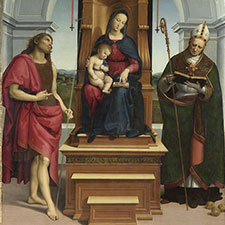
The pigment analysis shows a rich palette of Renaissance pigments including ultramarine, verdigris and the very rare powdered metallic bismuth.
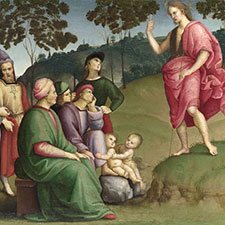
Pigment analysis reveals typical pigments employed by Raphael such as ultramarine, lead-tin yellow, azurite and verdigris.

The pigment analysis shows a rich palette of Raphael’s usual pigments such as ultramarine, azurite, lead-tin yellow and ochres.

Pigment analysis shows Raphael’s use of two very rare pigments: metallic gold and metallic bismuth.
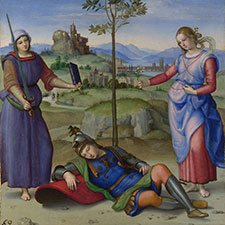
An exhaustive pigment analysis reveals a rich palette of the usual Renaissance pigments but also includes the rare orpiment.
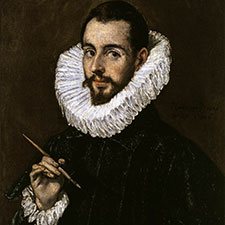
The portrait of the artist’s son painted with El Greco’s usual pigments such as carmine, azurite, umber, vermilion and ochres.
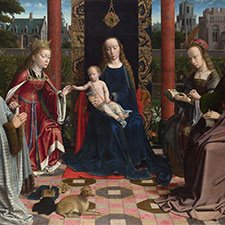
The pigment analysis reveals a limited Renaissance palette with elaborate paint layers and masterful handling of colour.
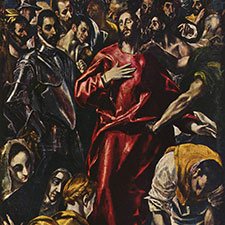
The Munich version of Disrobing of Christ is the best later rendition of El Greco’s original composition in the Cathedral of Toledo.
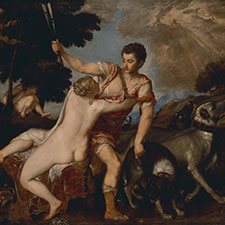
Titian, Venus and Adonis: Exhaustive and illustrated pigment analysis of Titian’s masterpiece depicting a Greek myth.
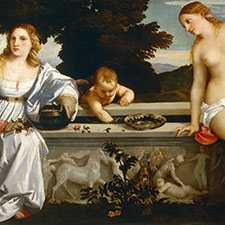
Pigment analysis and an extensive collection of other relevant information, and resources on Titian, Sacred and Prophane Love